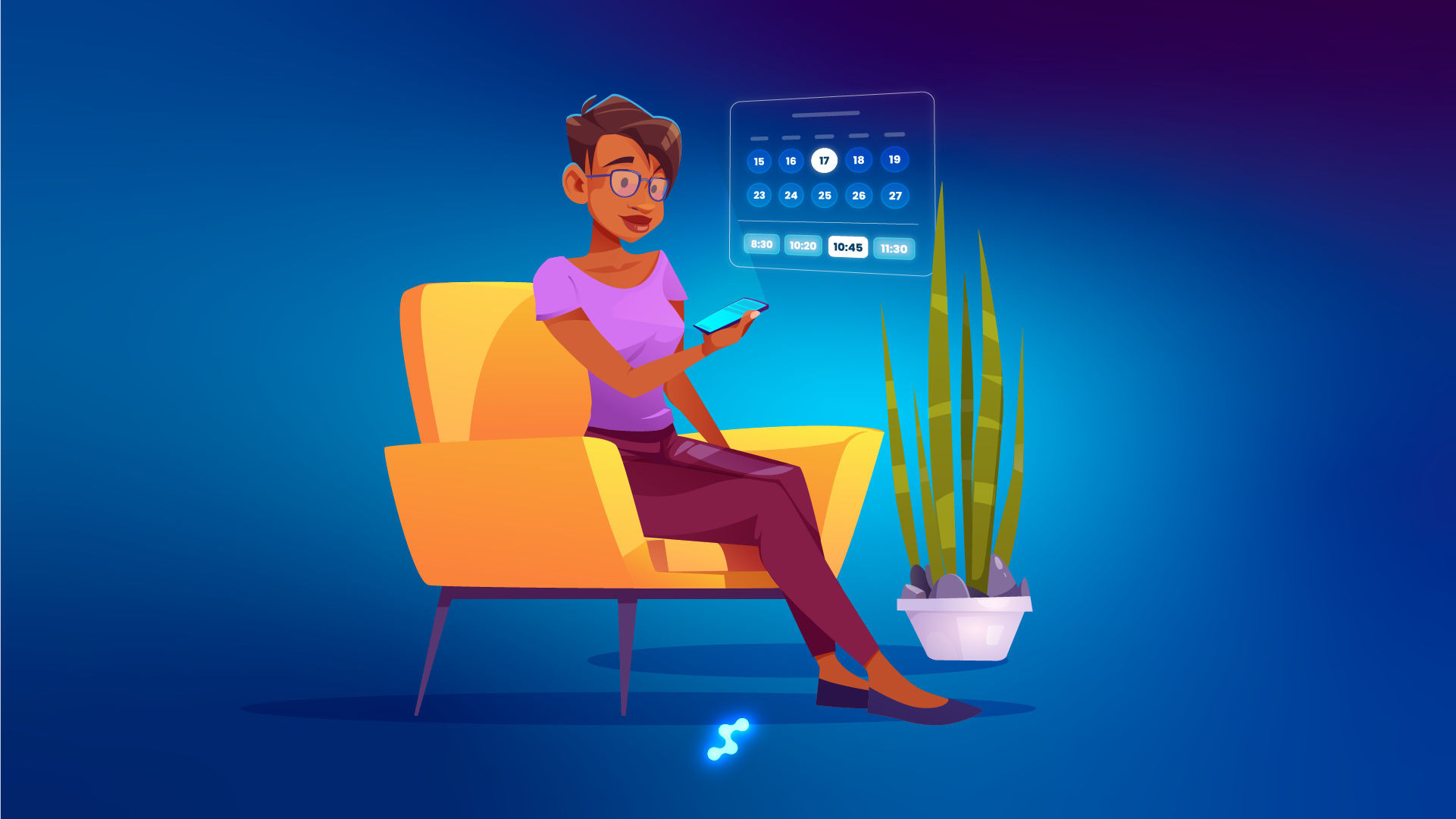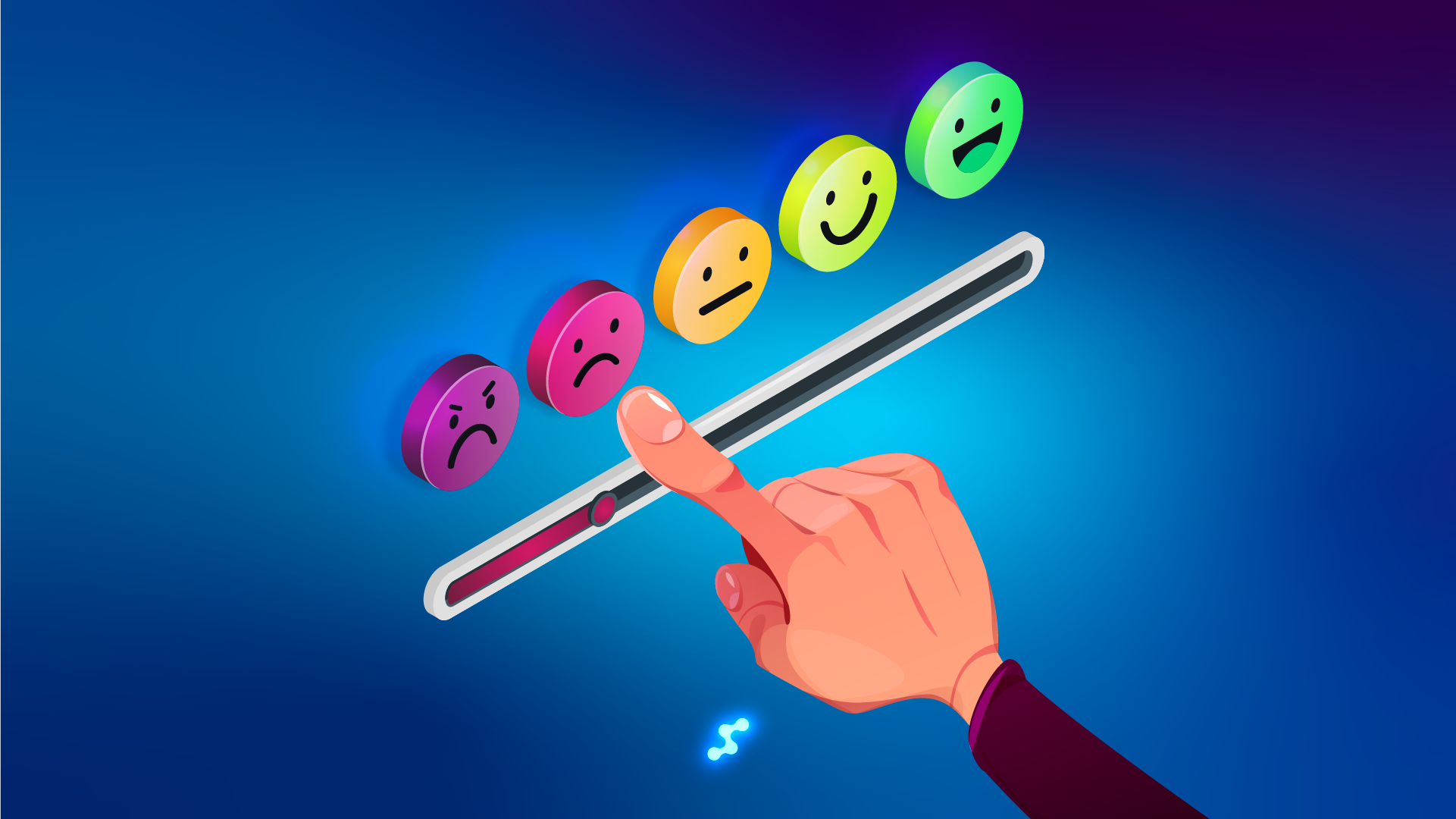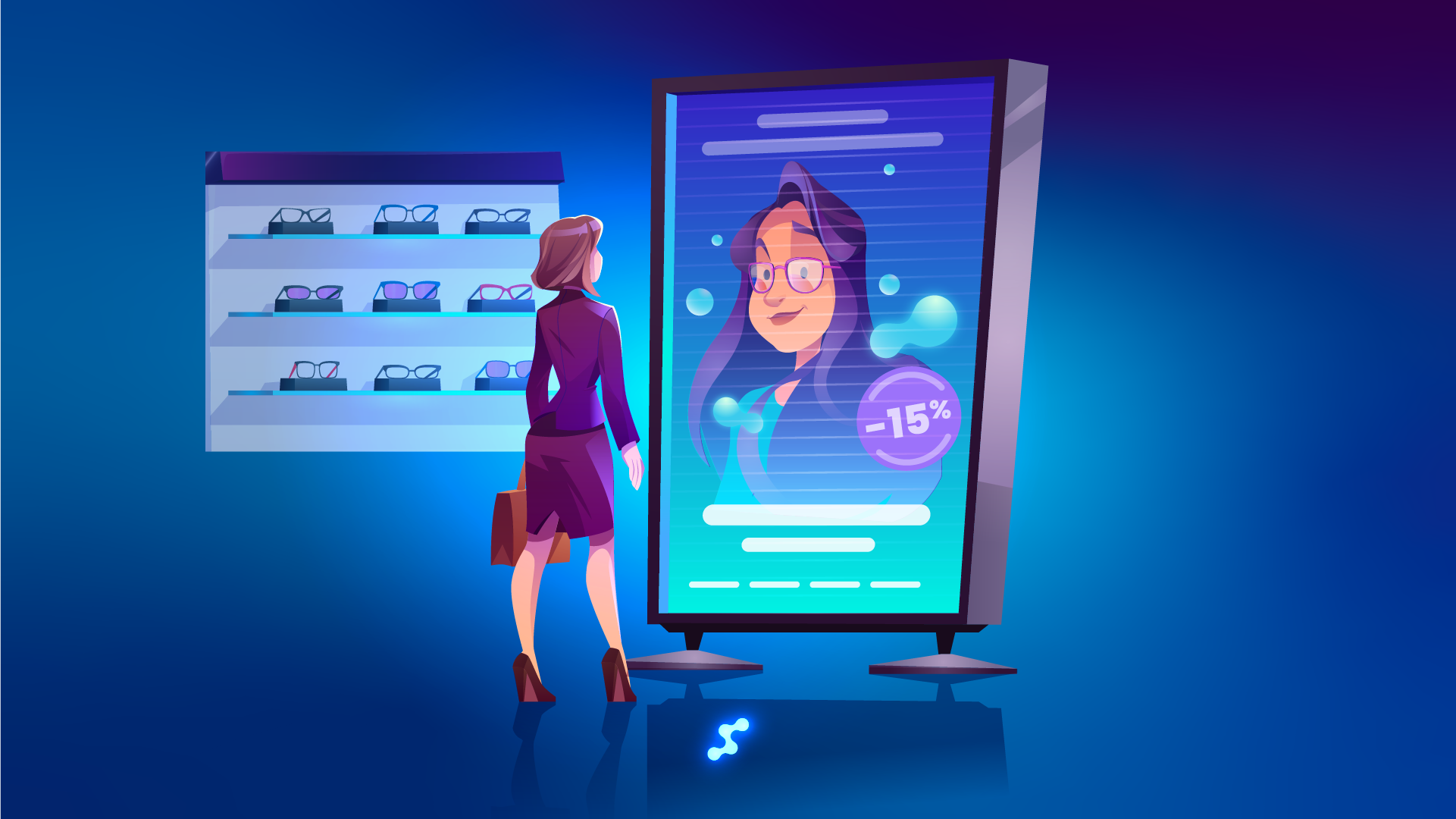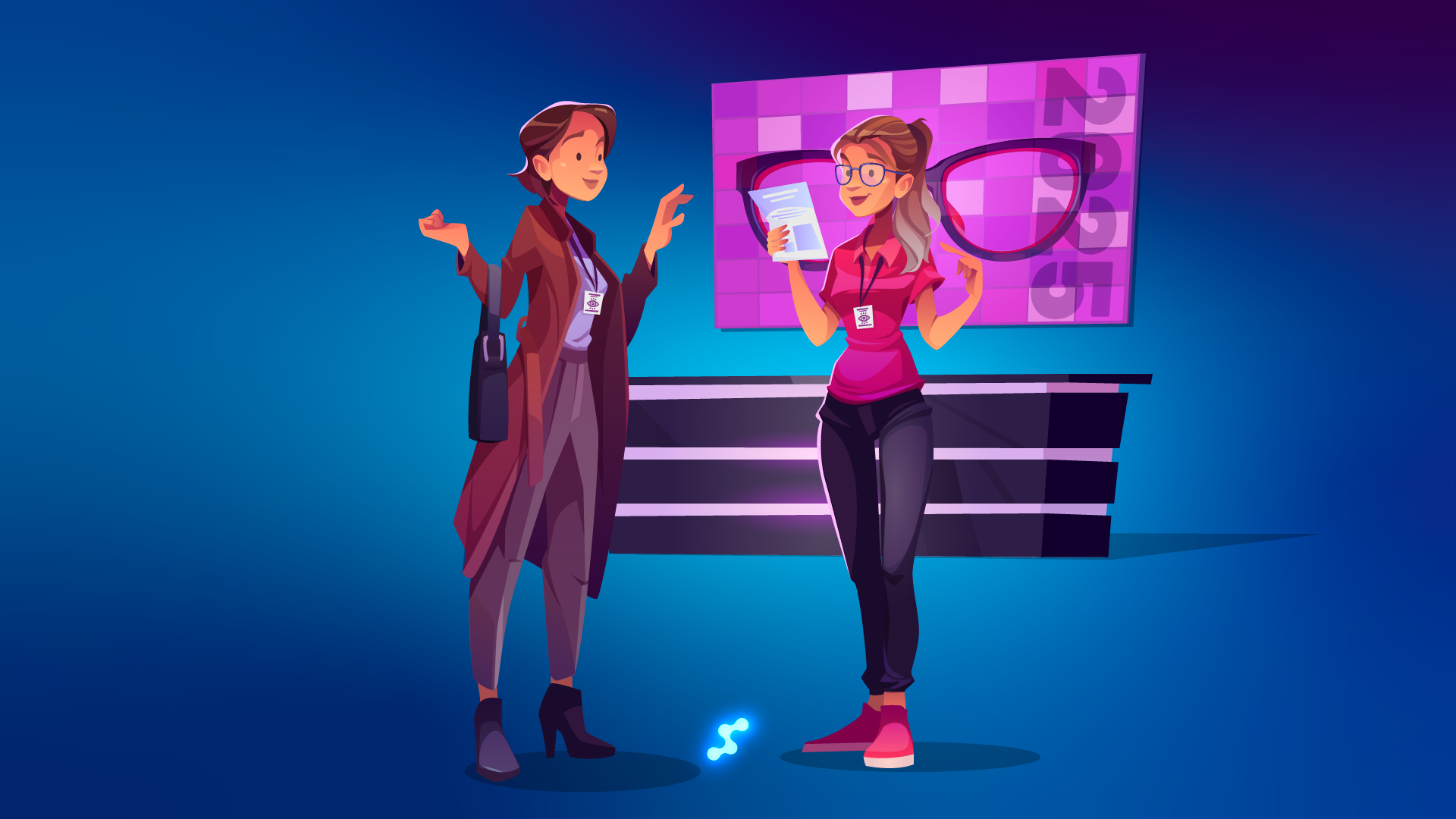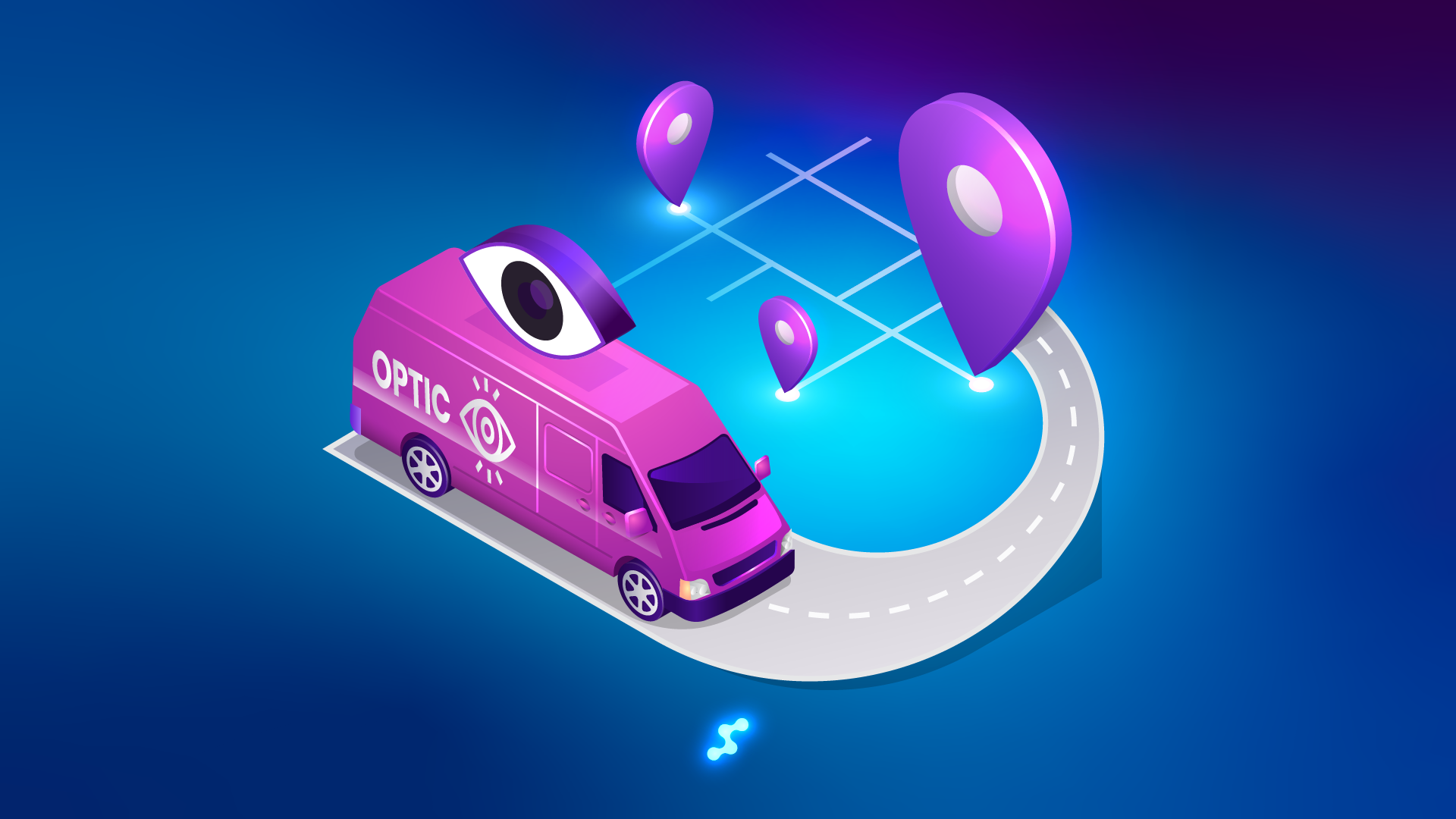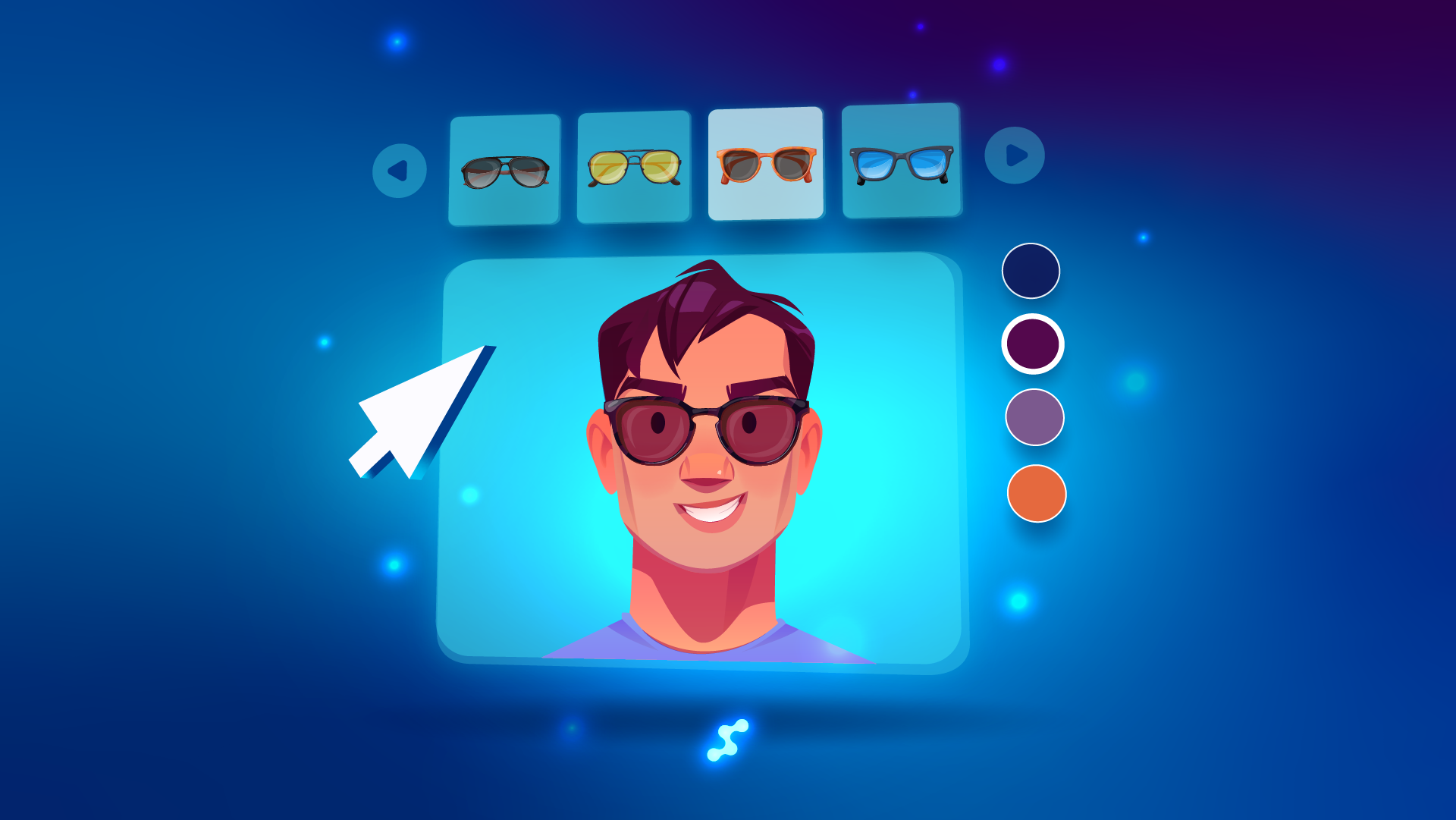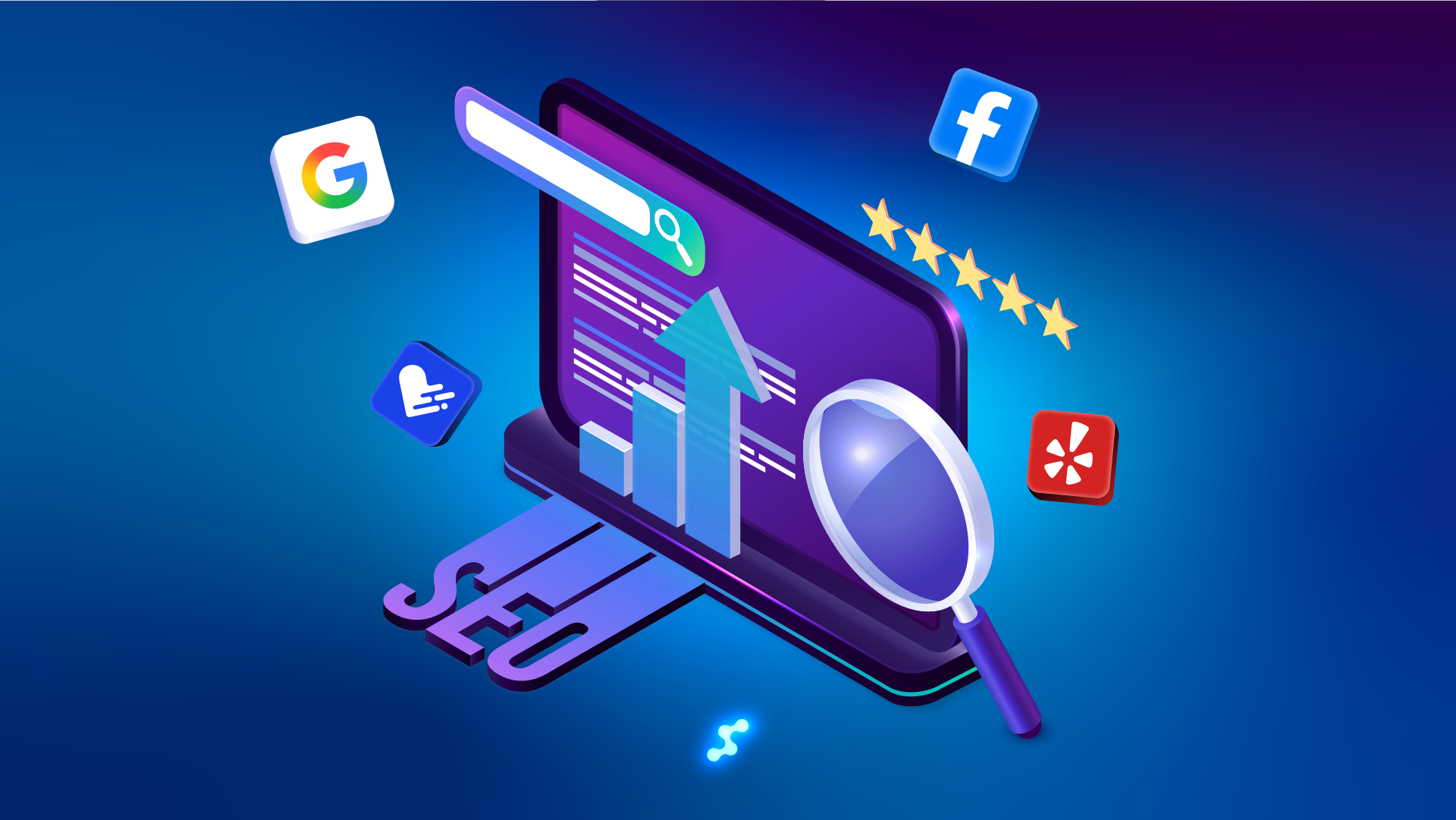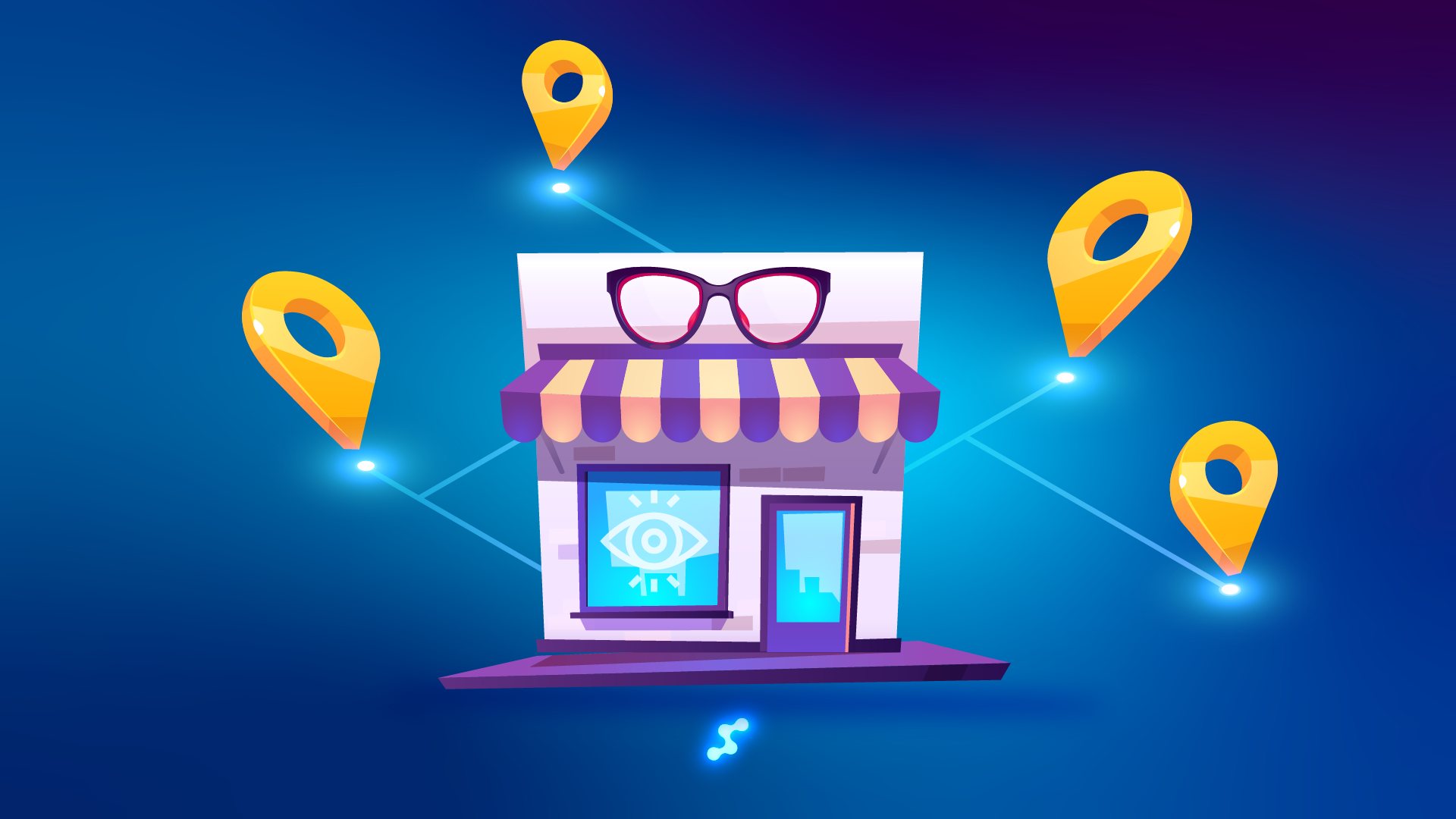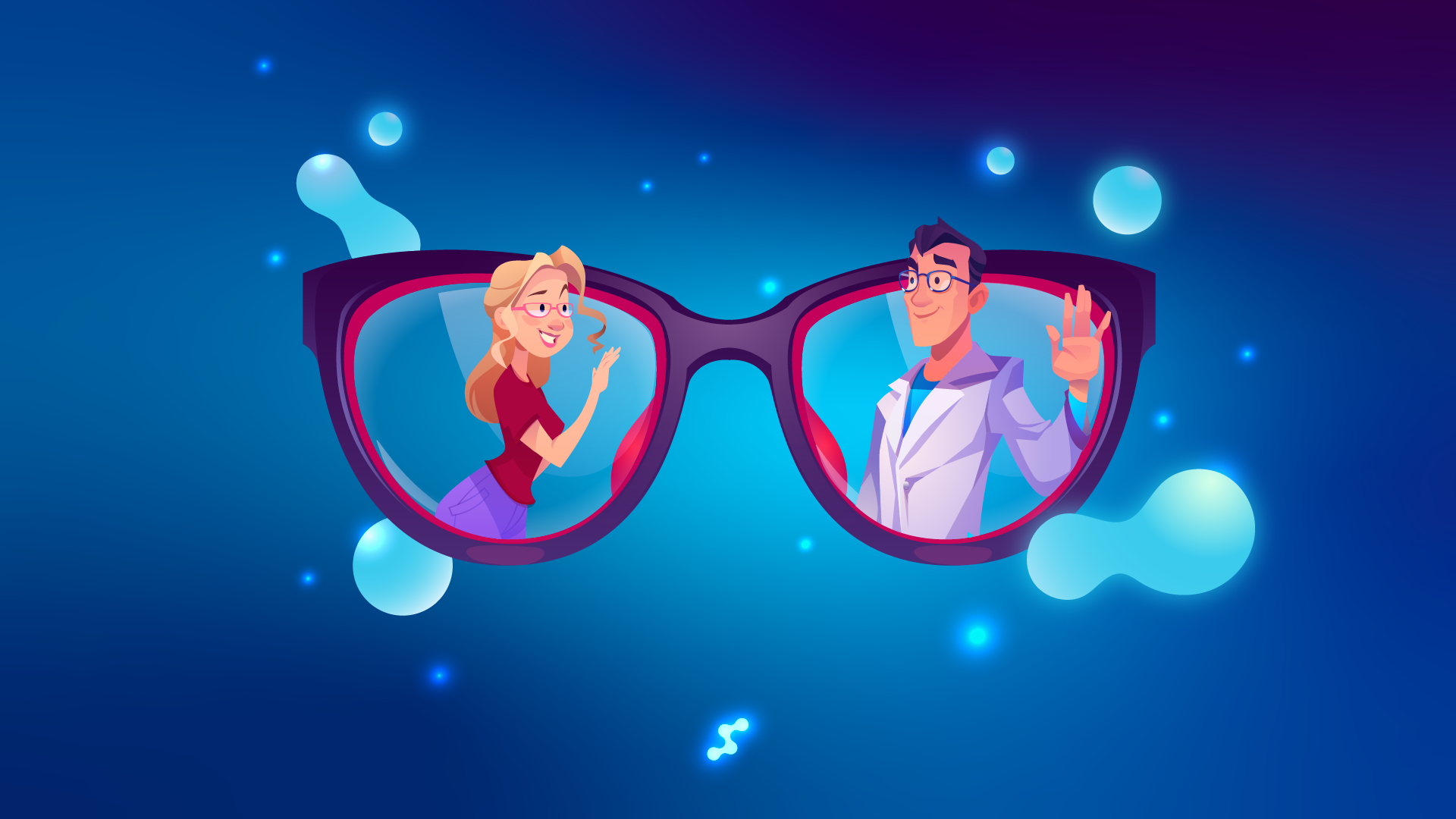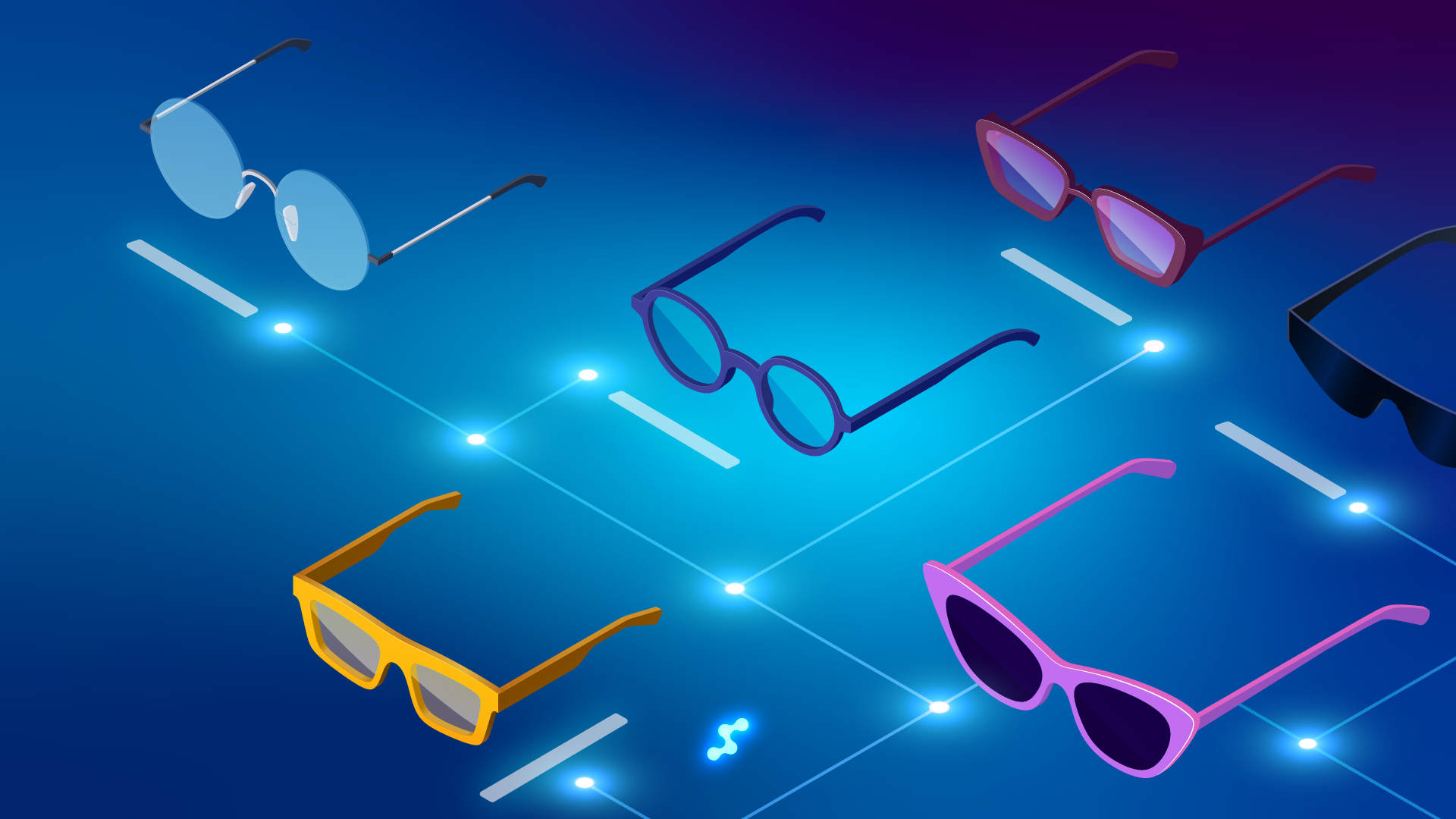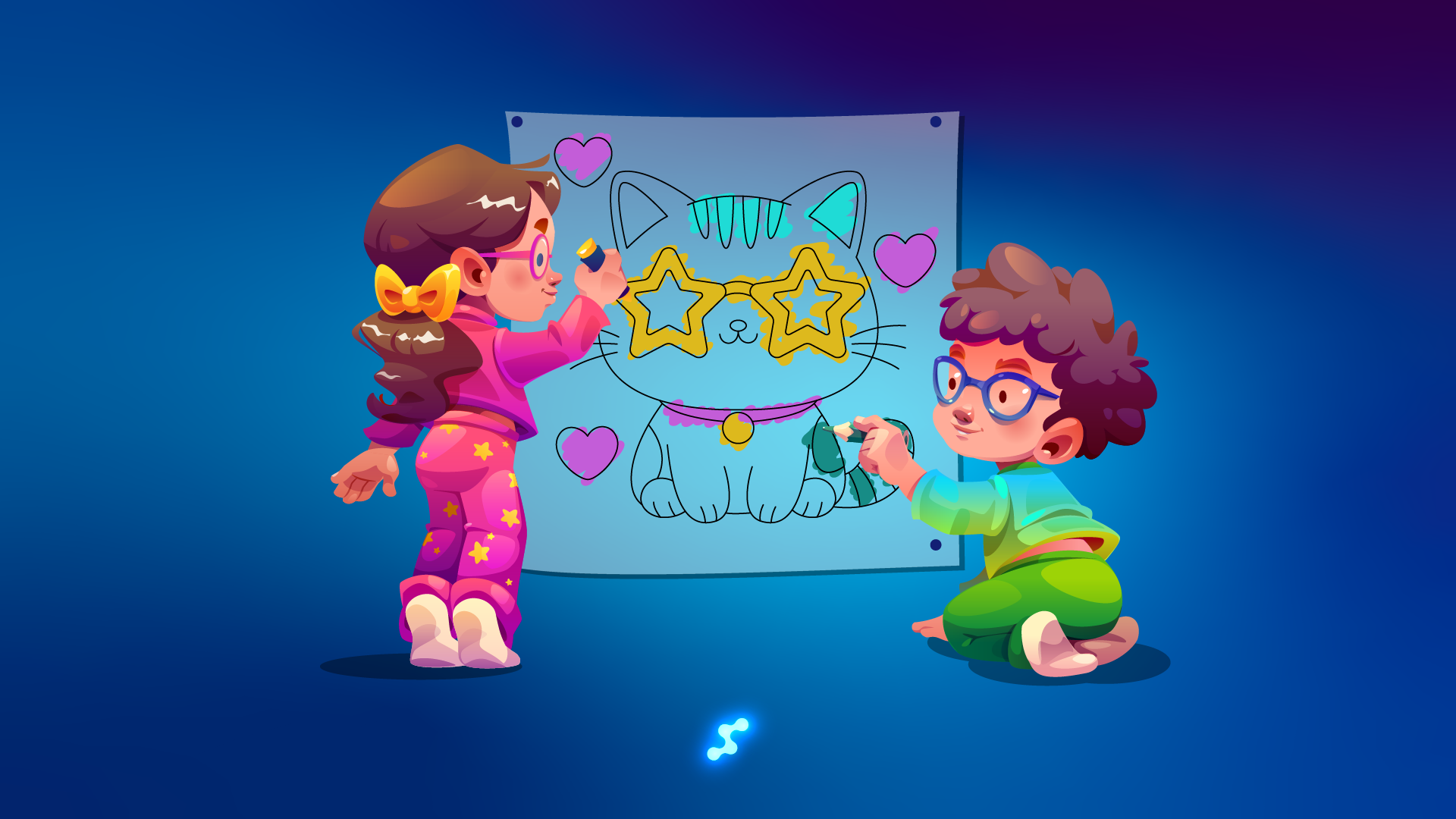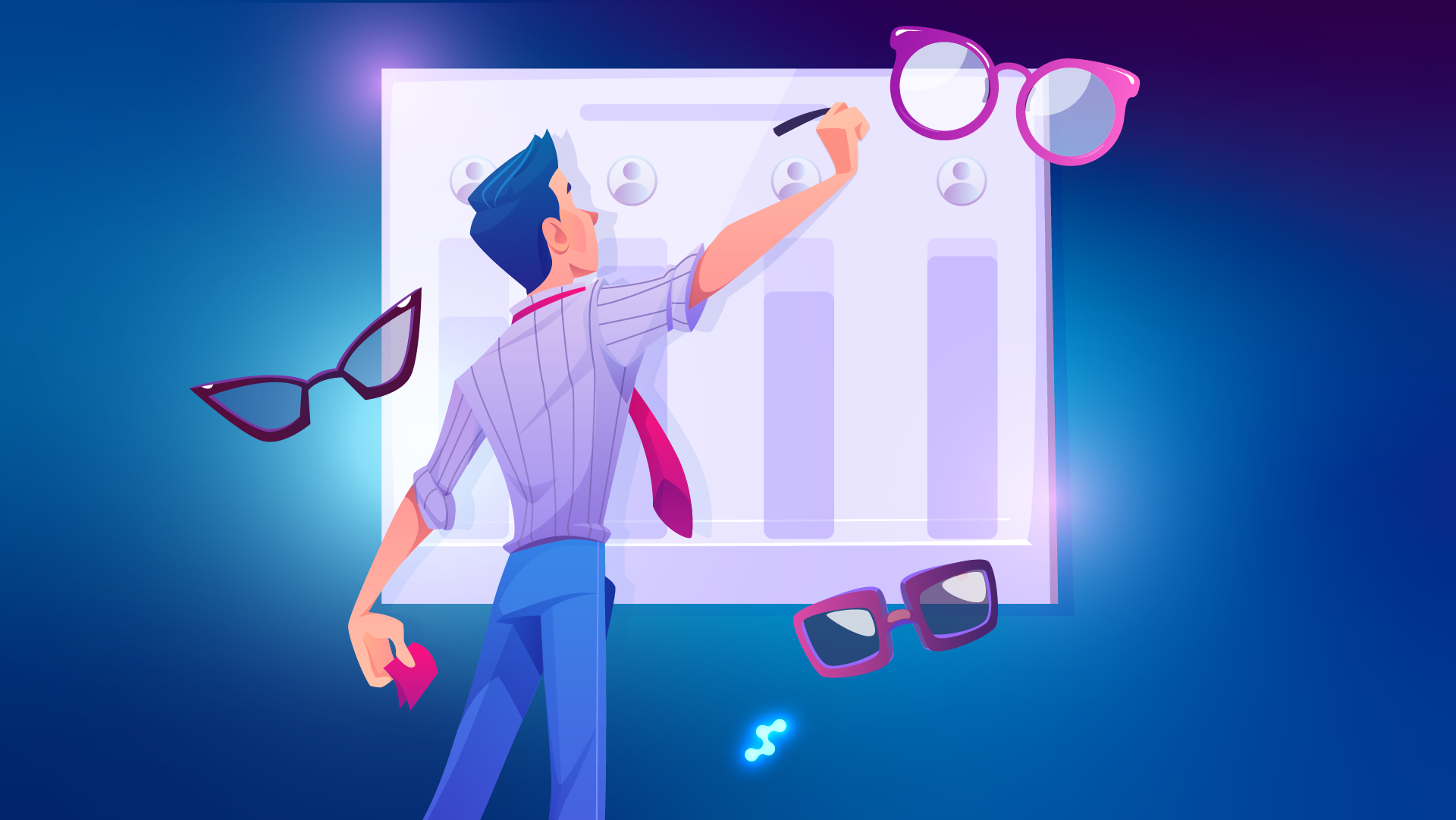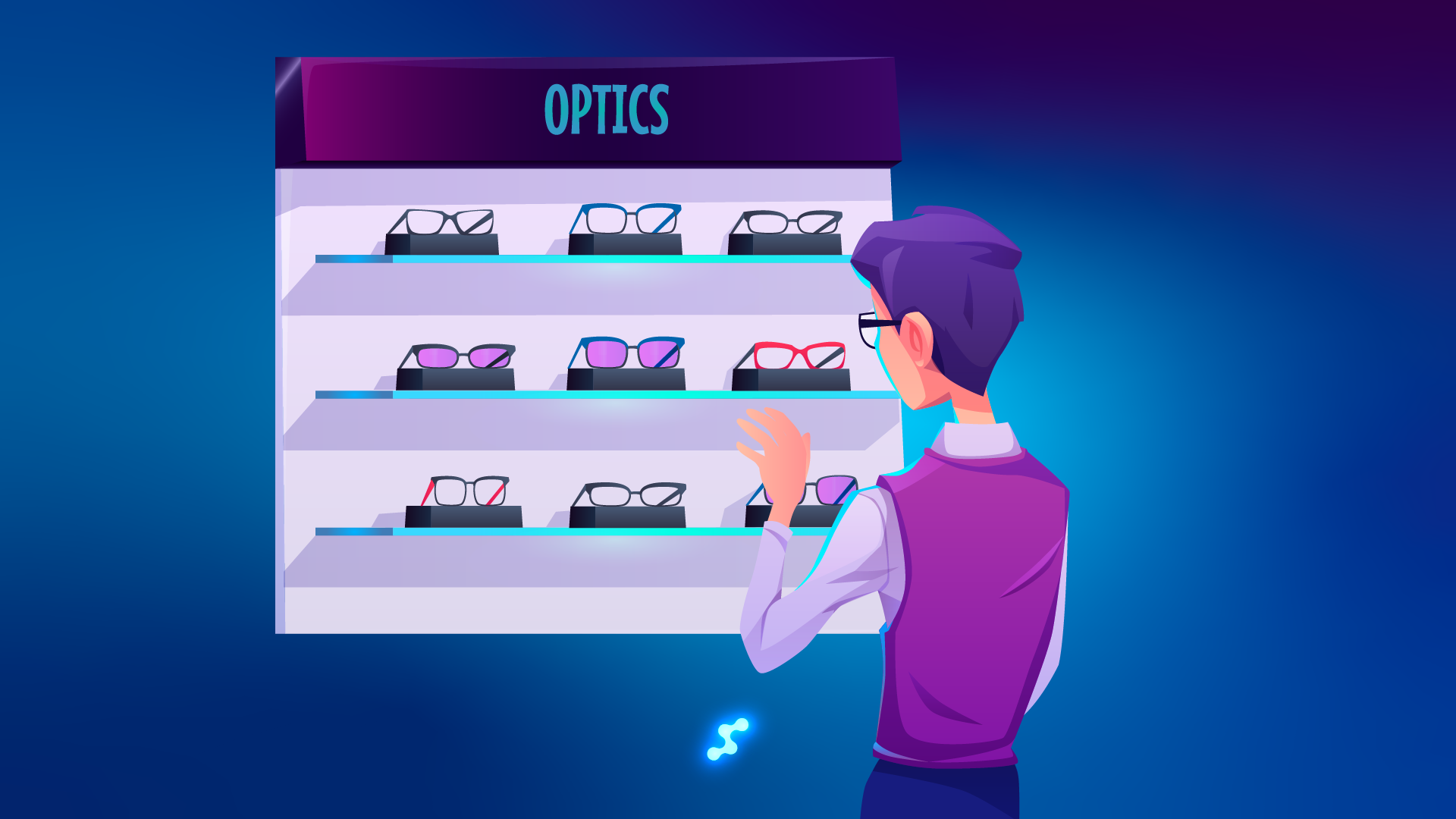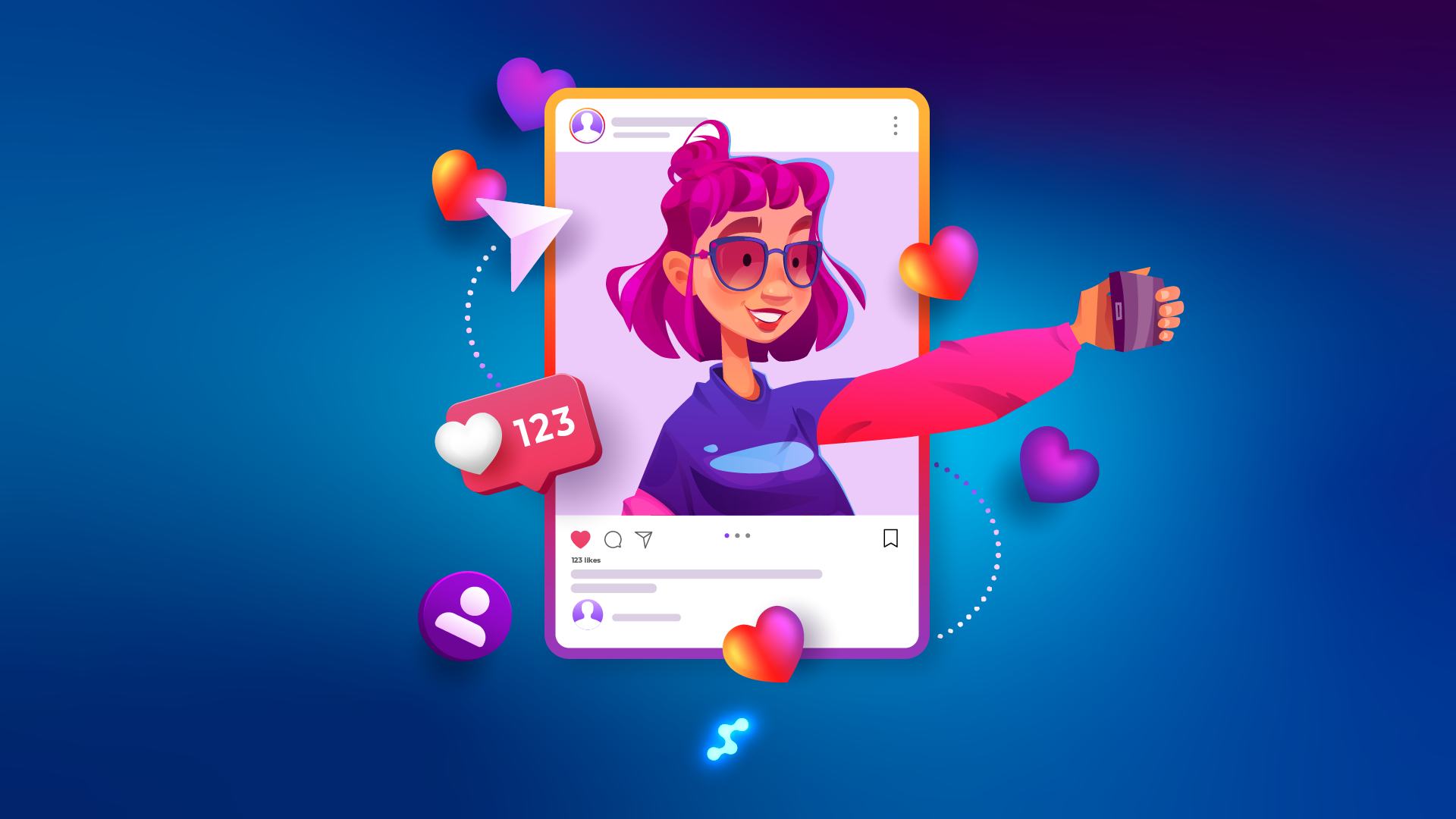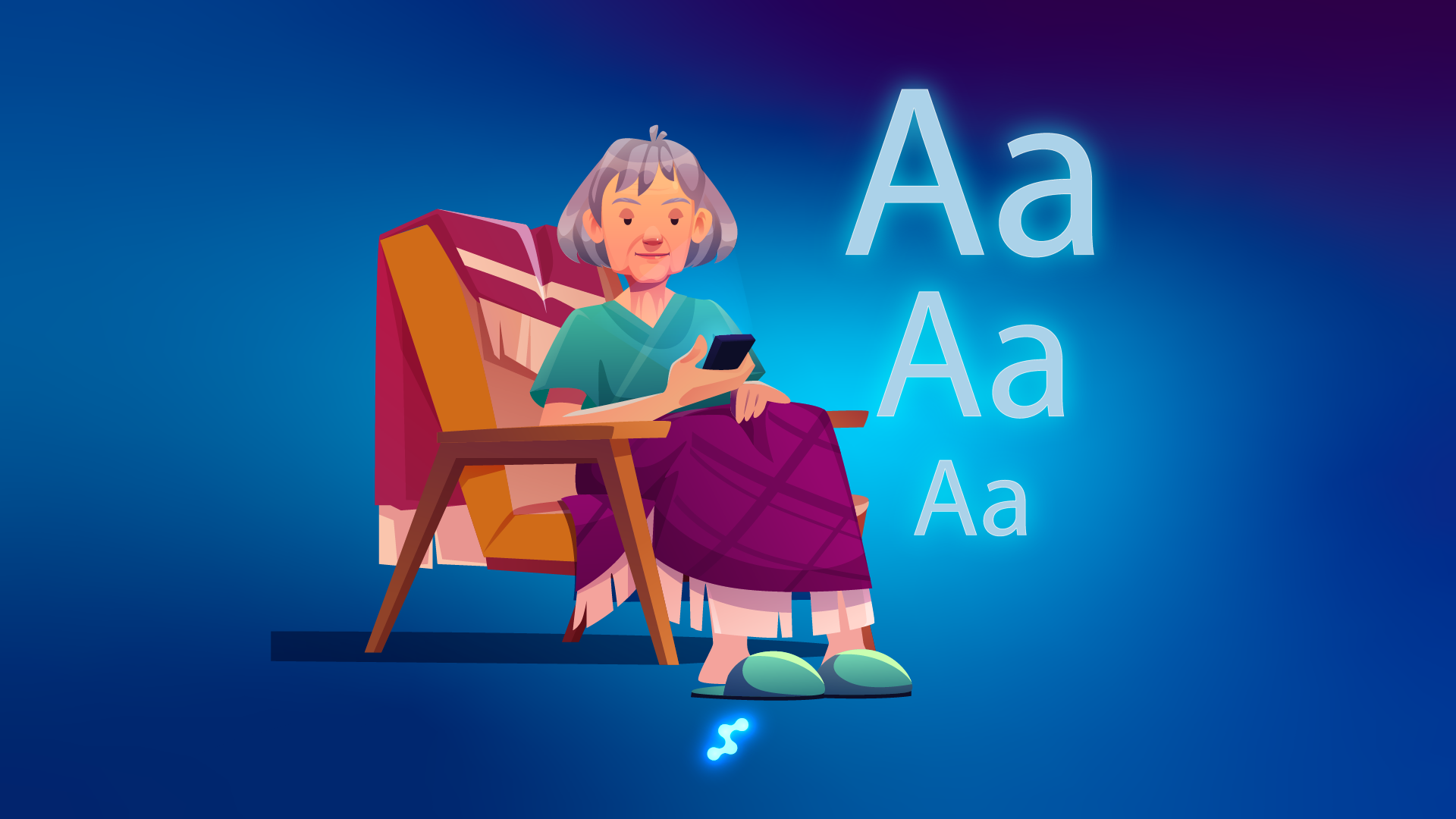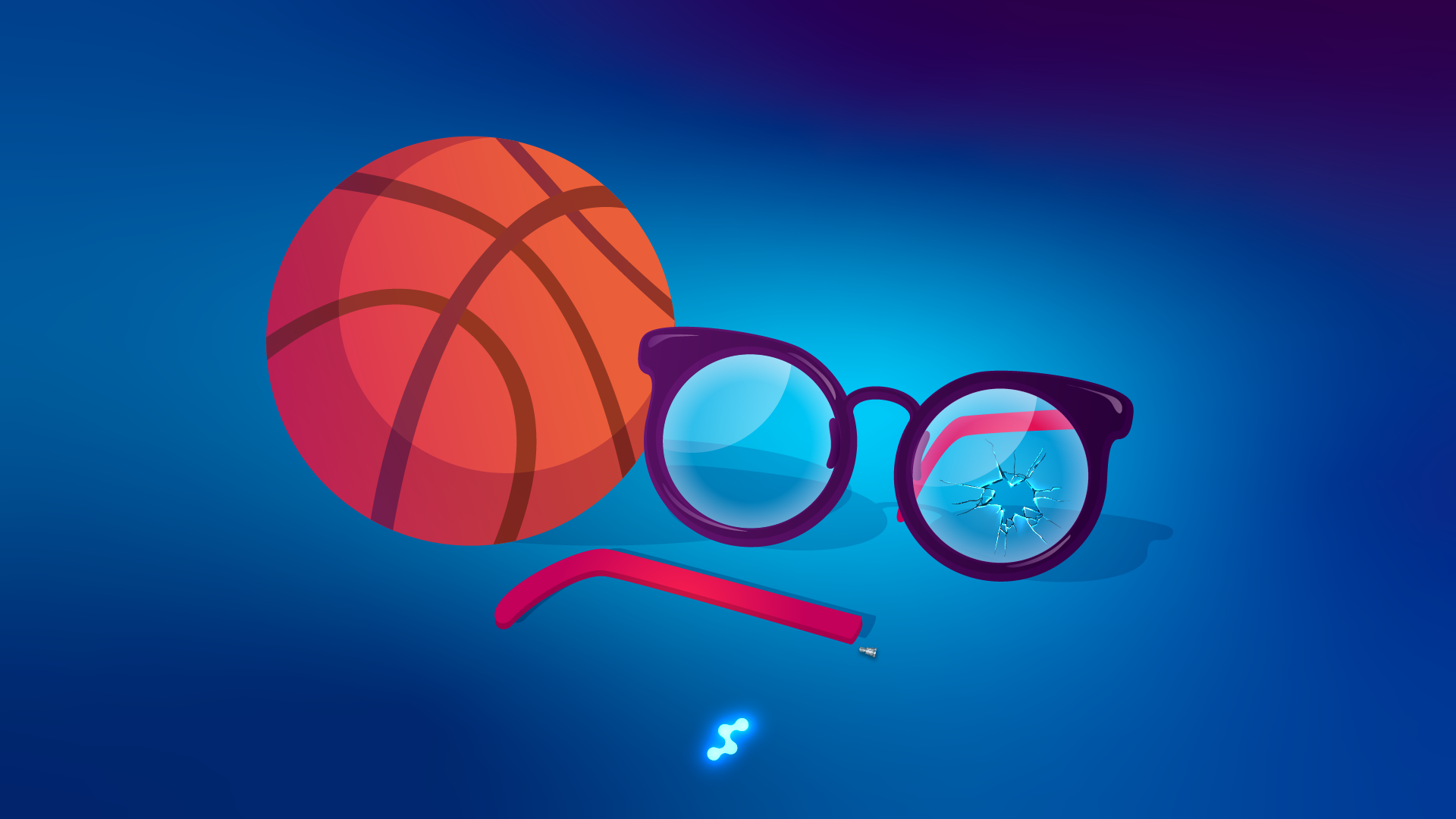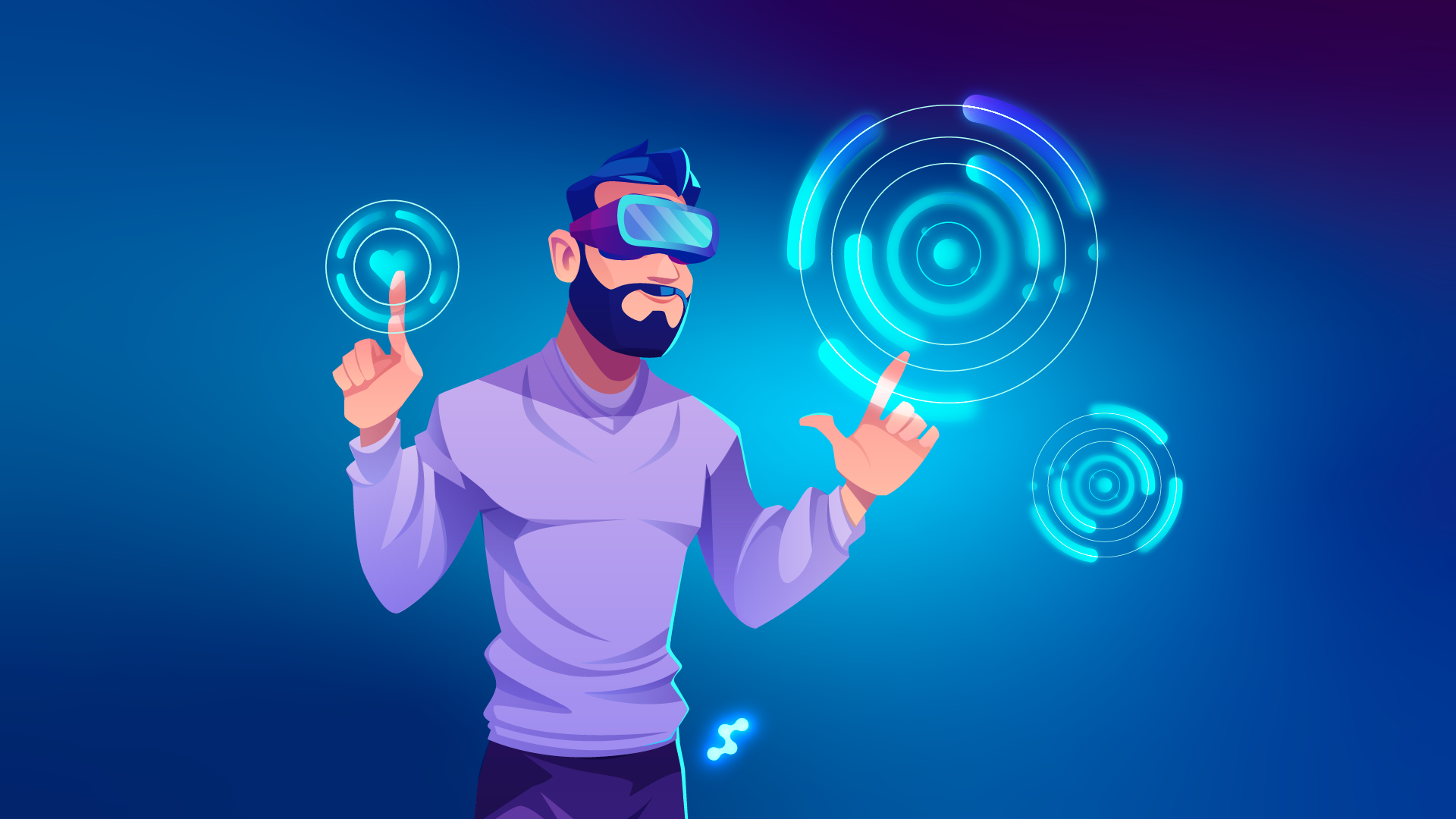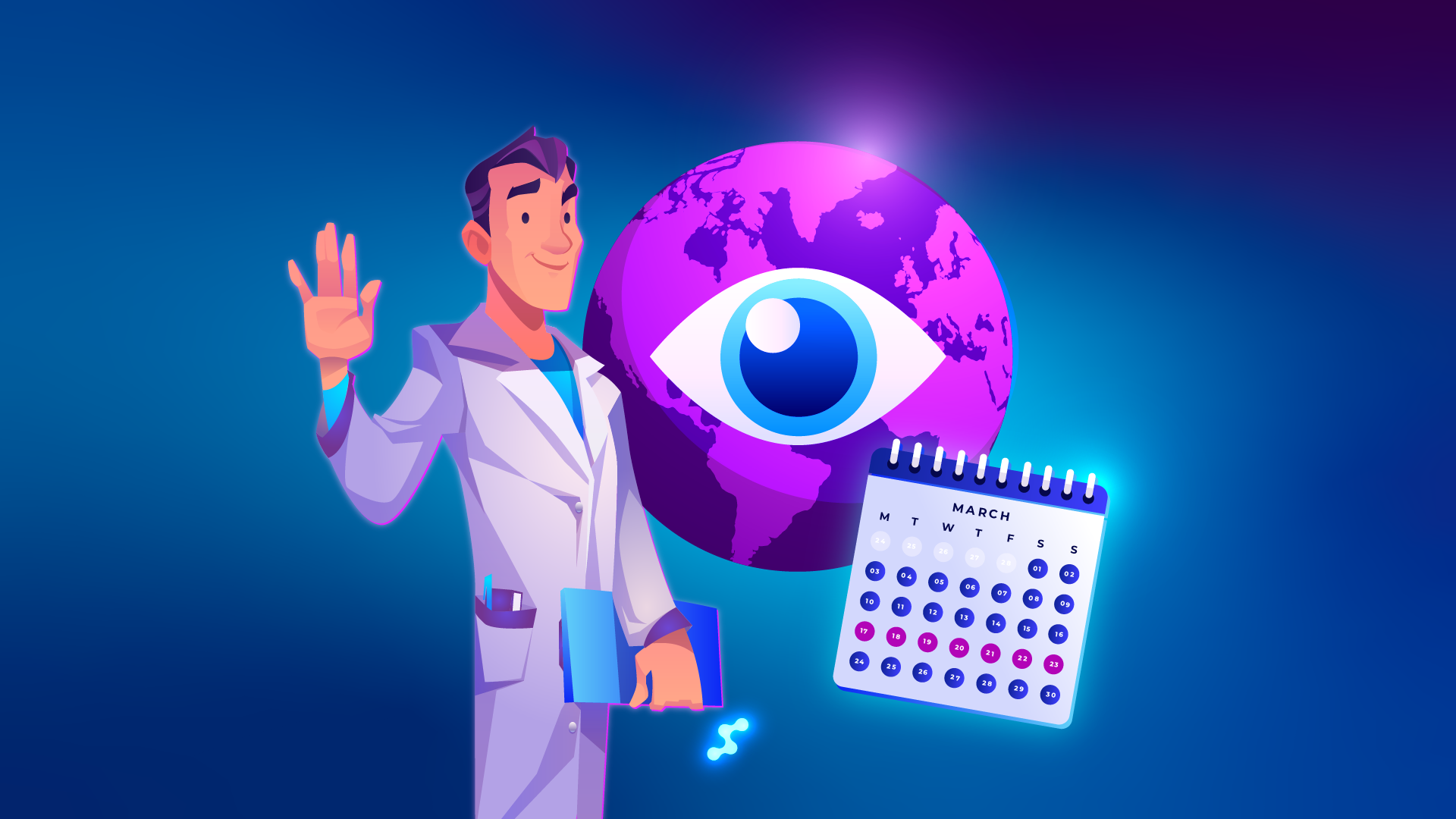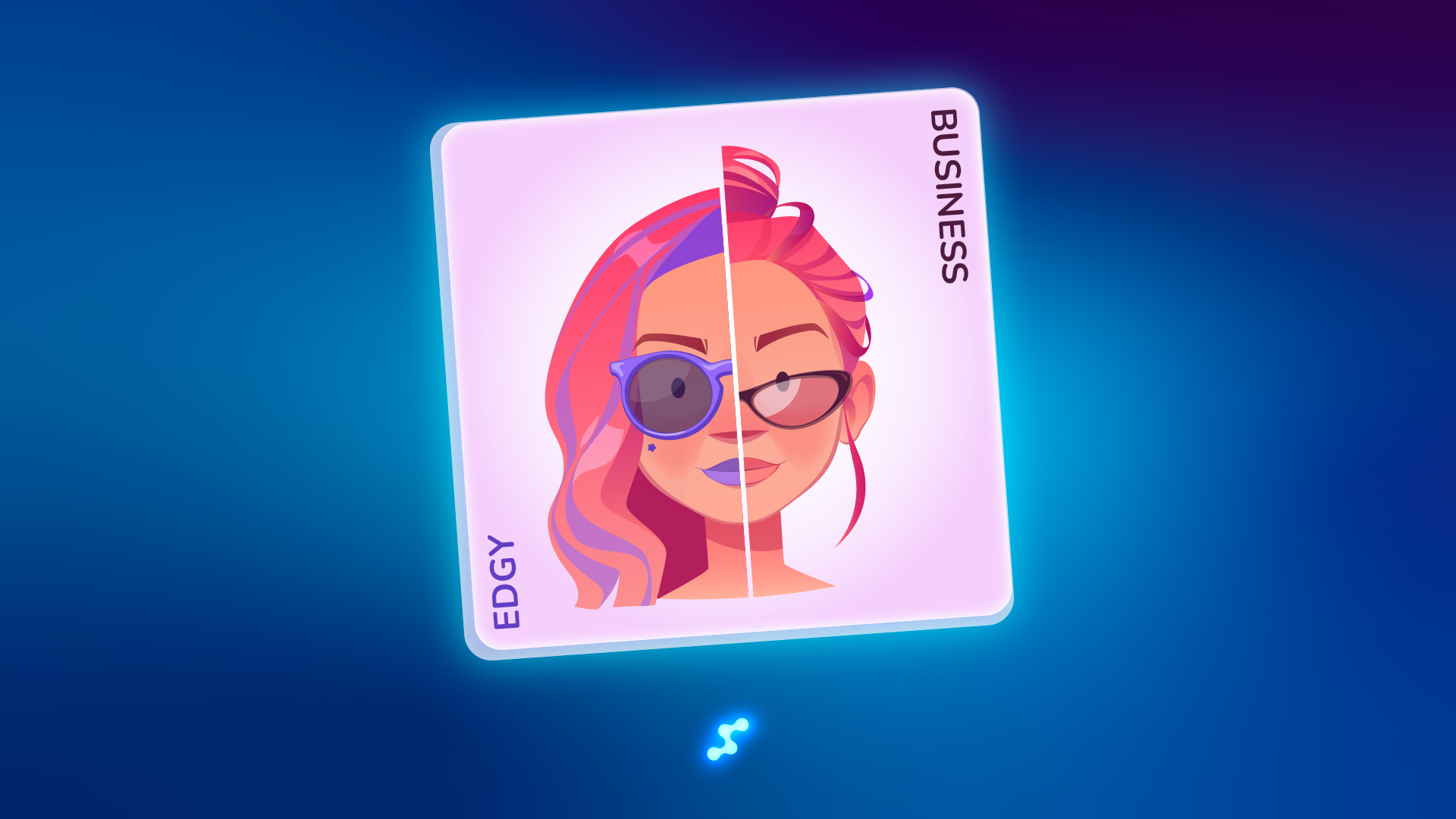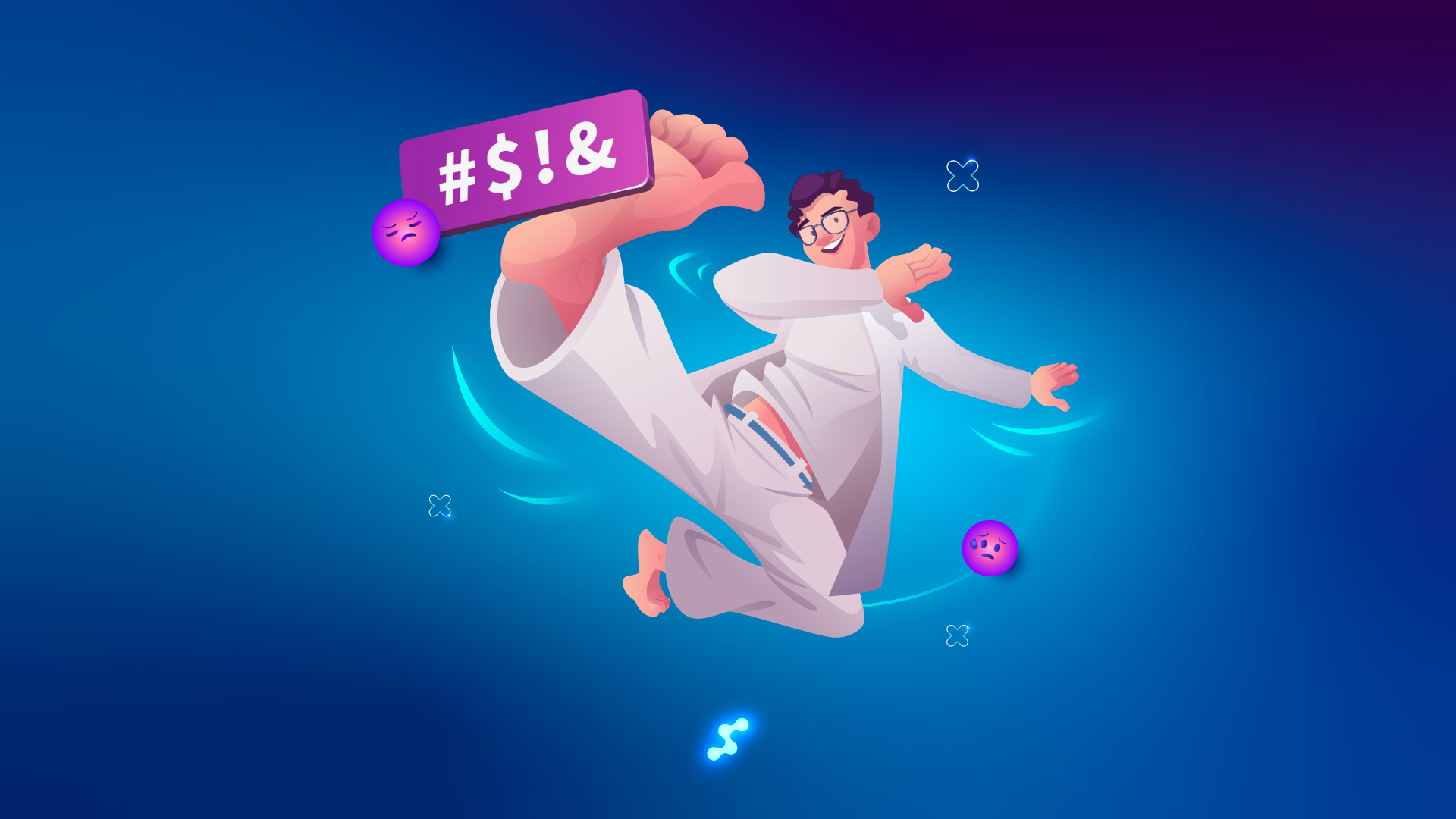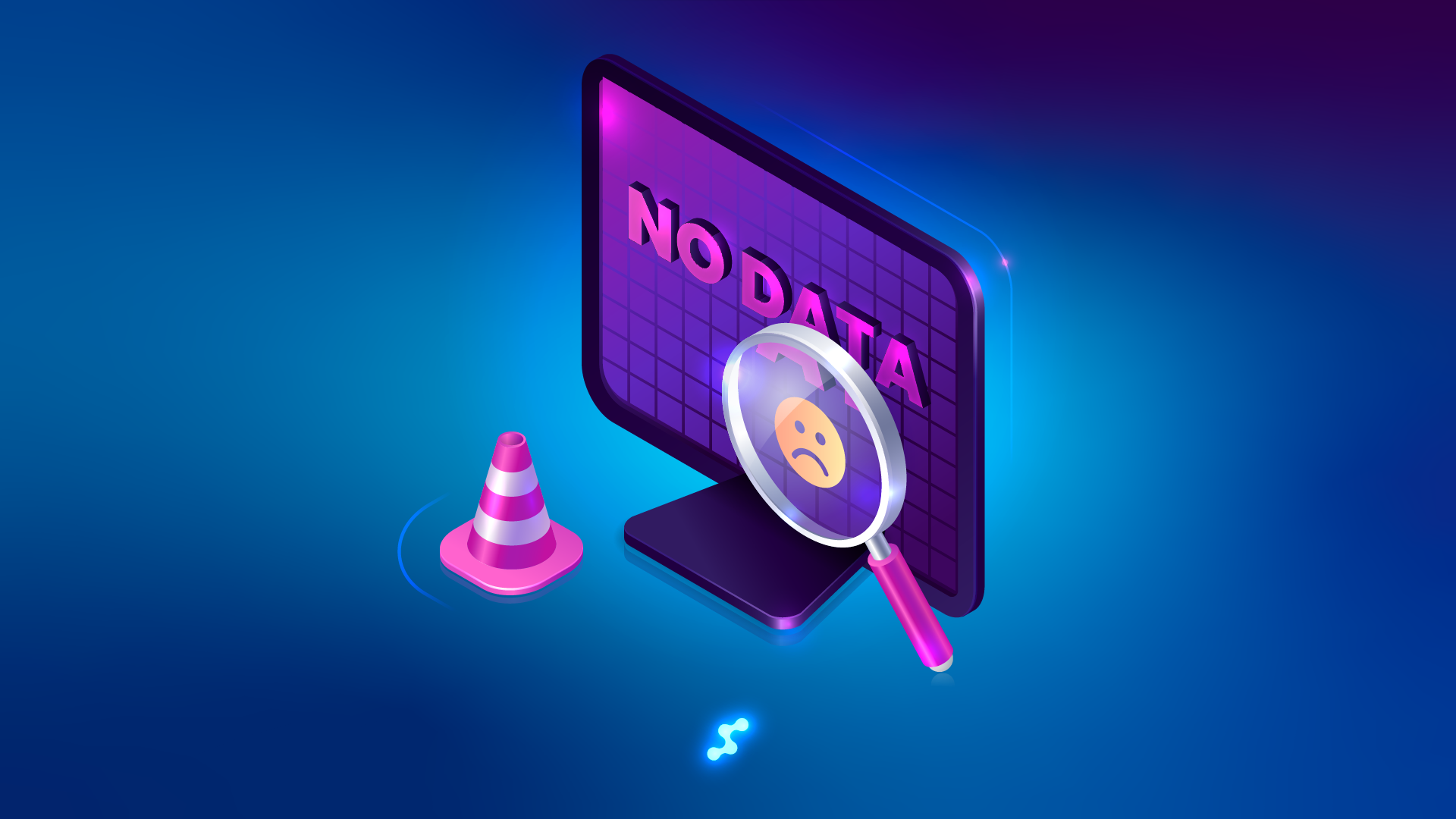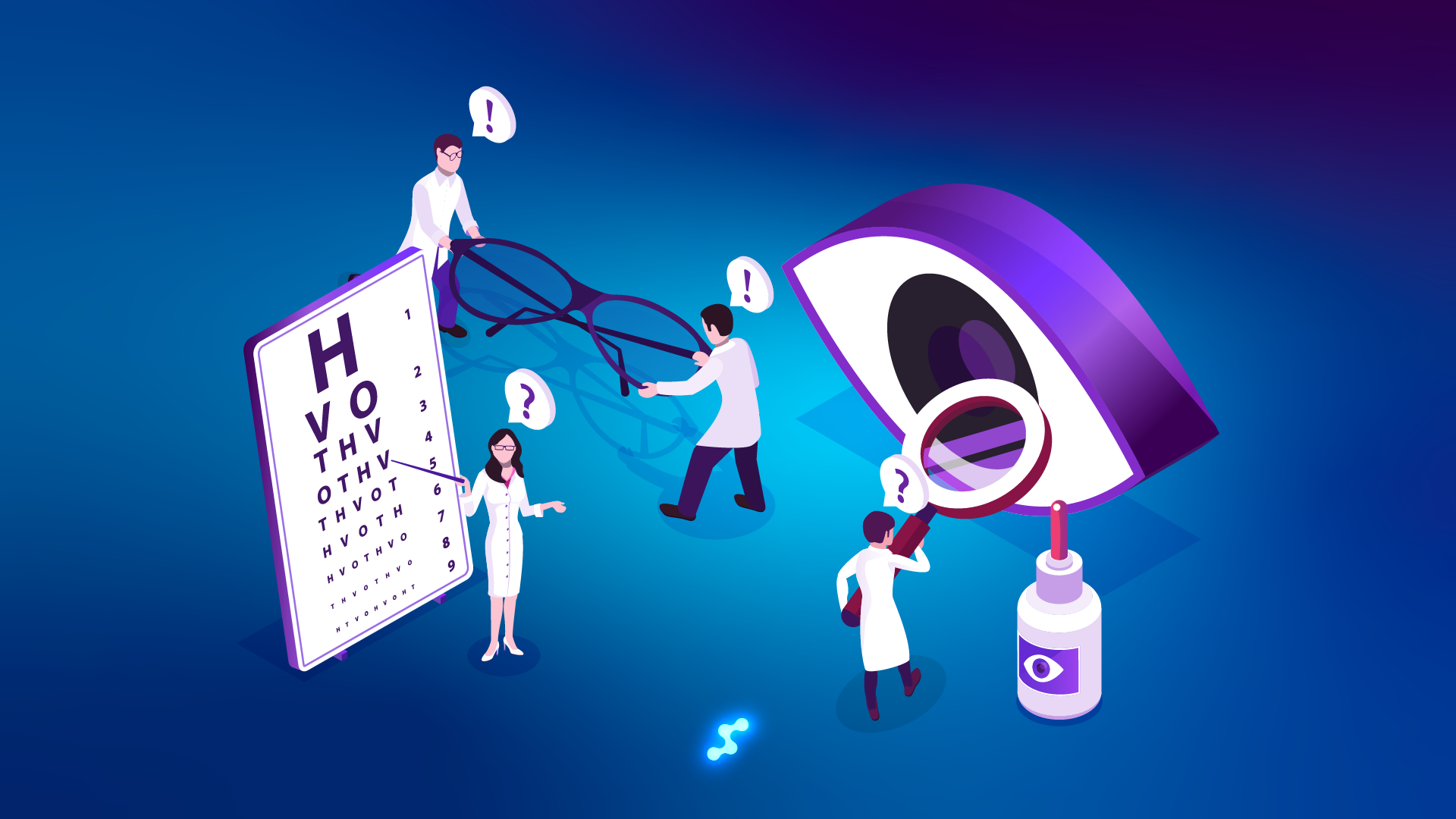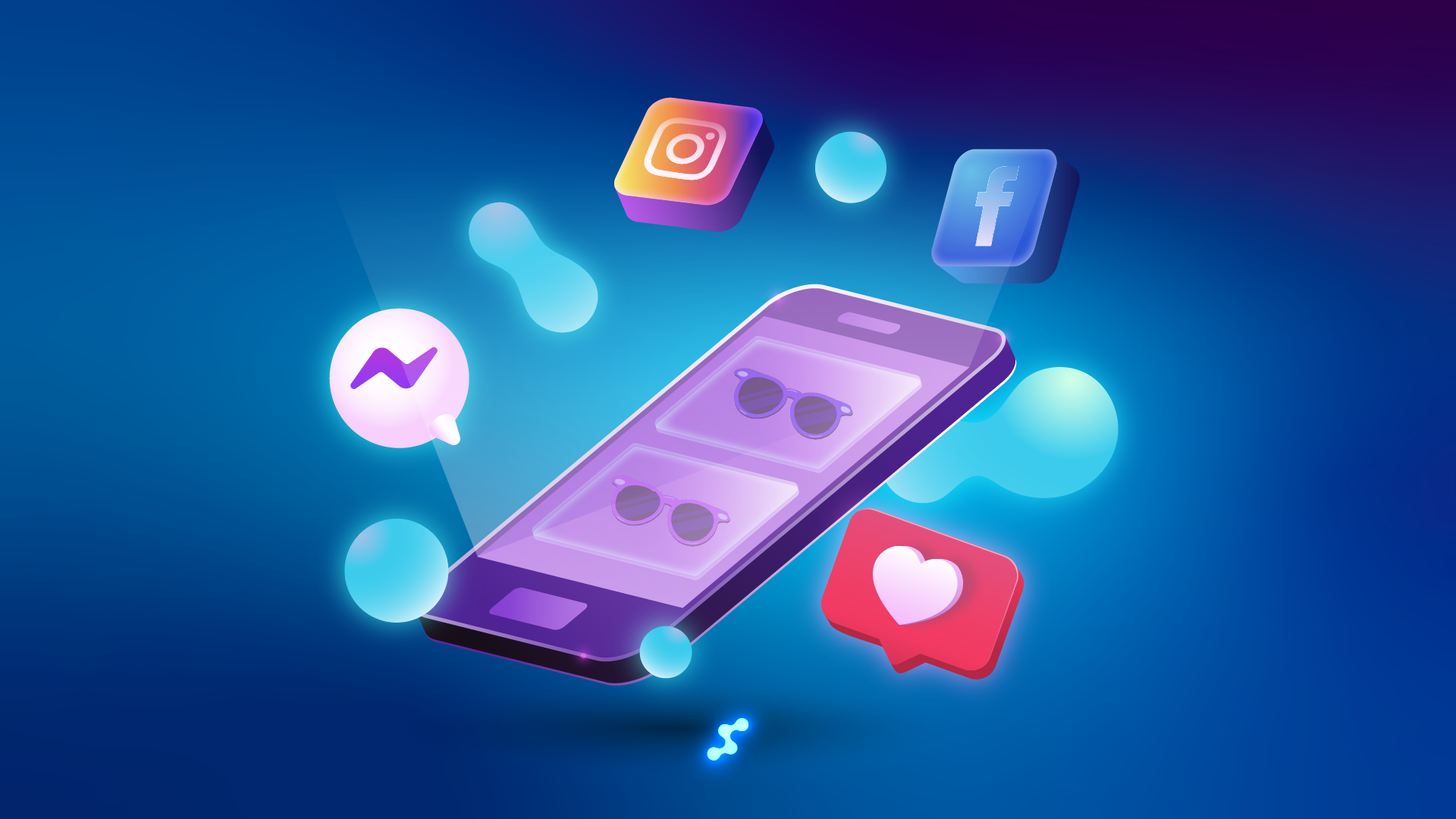Multi-Pair Mindset: More Glasses, More Profit
The landscape of eyewear retail has fundamentally shifted. Glasses are no longer merely medical devices—they’re lifestyle accessories, productivity tools, and powerful statements of personal identity. Most people now benefit from owning multiple pairs of glasses tailored to their specific needs, activities, and desired image. For optical professionals, understanding this evolution opens tremendous opportunities for enhanced customer satisfaction and greater practice profitability. This comprehensive guide explores why customers truly need bundled eyewear packages, how to identify their unique requirements, and proven strategies for making multi-pair sales a cornerstone of your business success.

1. The Cultural Shift: From Single-Pair Thinking to Multi-Pair Reality
1.1 The Shoe Analogy That Changes Everything
Consider this simple question: How many pairs of shoes do you own? For most people, the answer reveals an obvious truth—we naturally accept that different activities, occasions, and outfits require different footwear. We own dress shoes for formal occasions, sneakers for exercise, boots for outdoor activities, and casual shoes for everyday wear. As one optician brilliantly observed, “What do people look at first when they meet you, your face or your feet? Obviously your face. What do people interact with, your face or your feet? Obviously your face!”
Yet despite this logic, many customers still cling to the outdated notion that one pair of glasses should suffice for every situation. This disconnect represents both a challenge and an enormous opportunity for optical professionals who can effectively communicate the value of appropriate eyewear for different circumstances.
The shoe comparison becomes even more compelling when we consider functionality. Just as we wouldn’t wear high heels to go hiking or flip-flops to a board meeting, using reading glasses for computer work or wearing fashion frames for sports activities compromises both performance and safety.
7-day free trial
Got Any Questions? Let us know in the Contact Us form below.
1.2 The Social Media Revolution and Personal Branding
The proliferation of smartphone cameras and social media platforms has fundamentally altered how we think about our appearance. Every day, people take dozens of photos and videos, whether for professional video calls, social media posts, or personal documentation. This constant visual documentation has created unprecedented awareness of how we look and how our appearance affects our professional and personal relationships.
Research shows that 30% of eyewear buyers specifically choose frames that reflect their individuality, with confidence, happiness, and style ranking as the top emotions associated with eyewear purchases. This data confirms what optical professionals observe daily: glasses have become integral to personal branding and self-expression.
The concept of personal branding—once reserved for celebrities and executives—now applies to virtually everyone. Social media has democratized influence, making everyone a content creator and personal brand manager. In this environment, eyewear serves as a powerful tool for communicating personality, professionalism, creativity, or approachability depending on the situation and desired impression.
1.3 Functional Specialization Drives Demand
Modern lifestyles demand specialized solutions. The average professional switches between multiple visual tasks throughout the day: computer work requiring intermediate focus, reading detailed documents, driving in various lighting conditions, and engaging in recreational activities. Each task presents unique visual challenges that can be optimized with appropriate eyewear.Studies indicate that specialized eyewear can significantly improve comfort and performance. Computer glasses reduce eye strain during prolonged screen time, prescription sunglasses enhance outdoor visibility and safety, and task-specific progressive lenses optimize vision for particular activities.
2. Demographics and Lifestyle Analysis: Understanding Your Customer’s Complete Visual Needs
2.1 The Young Professional (25-40 years)
Glasson is built from the ground up to be intuitive, fast, and easy to use. The interface is clean and This demographic represents the largest growth opportunity for multi-pair sales. Young professionals typically:
Digital Device Usage: Spend 8-12 hours daily on various screens, creating significant eye strain and blue light exposure
Career Focus: Require professional appearance for meetings, presentations, and networking events
Active Lifestyle: Engage in fitness activities, outdoor recreation, and social events requiring different eyewear solutions
Fashion Consciousness: View glasses as fashion accessories and status symbols
Financial Capacity: Have disposable income for multiple pairs but appreciate financing options
- Professional Package: Computer glasses + business-appropriate frames + prescription sunglasses
- Active Lifestyle Package: Sports glasses + everyday frames + backup pair
- Style Collection: Multiple fashion frames for different occasions and outfits
2.2 The Established Professional (40-55 years)
This group experiences significant vision changes while maintaining high performance expectations:
Presbyopia Onset: Beginning to need reading assistance while maintaining distance vision needs
Executive Presence: Require eyewear that projects authority and competence
Varied Environments: Work in different lighting conditions and locations
Safety Consciousness: Increasingly aware of driving safety and eye protection needs
Bundle Opportunities:
- Executive Package: Progressive lenses + computer glasses + prescription sunglasses + reading glasses
- Business Travel Package: Lightweight everyday glasses + backup pair + prescription sunglasses
- Safety Package: Driving glasses + computer glasses + backup pair
2.3 The Active Retiree (55+ years)
This demographic has specific vision needs combined with active lifestyles:
Multiple Prescriptions: Often require different strengths for various activities
Safety Priorities: Concerned about driving safety and fall prevention
Hobby Engagement: Pursue activities requiring task-specific vision solutions
Health Consciousness: Understand the importance of UV protection and eye health
Bundle Opportunities:
- Complete Vision Package: Progressive lenses + reading glasses + computer glasses + prescription sunglasses
- Active Retirement Package: Distance glasses + reading glasses + sports/outdoor glasses
- Safety Package: Driving glasses + home glasses + backup pair
3. The Psychology of Image Management and Personal Branding
3.1 Glasses as Personal Brand Elements
Just as corporate brands use specific colors, fonts, and imagery to communicate their values, individuals use clothing, accessories, and eyewear to project desired impressions. Glasses have become particularly powerful branding tools because they occupy the central focal point of the face and are worn consistently.
Consider the different messages conveyed by various eyewear styles:
- Vintage-inspired styles: Intellectual, thoughtful, individualistic
- Bold, colorful frames: Creative, confident, artistic personality
- Classic tortoiseshell: Timeless elegance, reliability, sophistication
- Minimalist metal frames: Modern, professional, detail-oriented
3.2 Situational Image Requirements
Professional success increasingly depends on adapting one’s image to different contexts and audiences. The same person might need to project:
Authority and Competence: During boardroom presentations or client meetings
Creativity and Innovation: During brainstorming sessions or creative collaborations
Approachability and Warmth: During team meetings or networking events
Athleticism and Energy: During corporate wellness activities or outdoor eventsEach scenario benefits from eyewear that supports the desired impression. As optical professionals recognize, “stop selling glasses; start selling transformation” represents a fundamental shift toward understanding eyewear’s role in personal and professional success.
3.3 The Smartphone Camera Effect
The ubiquity of smartphone cameras has created constant opportunities for impromptu photography. Professional headshots were once rare occasions requiring special preparation; now, every video call, social media post, and casual photo becomes part of one’s visual portfolio.
This reality drives demand for eyewear that looks good from multiple angles, in various lighting conditions, and across different contexts. Customers increasingly want frames that photograph well, complement their facial features, and enhance their appearance in digital communications
4. Advanced Staff Training Implementation
4.1 Mastering the Lifestyle Assessment Conversation
The Discovery Framework:
Opening Assessment (5-10 minutes):
“I’d love to learn more about your daily routine so we can find the perfect eyewear solutions for your lifestyle. Could you walk me through a typical day from morning to evening?”
Key Areas to Explore:
- Morning routine and commute
- Work environment and primary tasks
- Leisure activities and hobbies
- Evening activities and relaxation
- Weekend pursuits and social activities
- Travel patterns and requirements
Follow-Up Questions:
- “What visual challenges do you experience during your workday?”
- “Are there activities where you feel your current glasses limit your performance?”
- “How important is your appearance in your professional role?”
- “Do you have backup eyewear for emergencies?”
5.Handling Price Objections with Empathy and Value
When discussing the investment in multiple pairs of glasses, it’s important to approach price concerns with understanding and clear communication. Many customers hesitate because of budget constraints or uncertainty about the value of additional eyewear. Here are respectful and effective ways to address these concerns:
5.1. Frame the Purchase as a Valuable Investment
Explain that quality eyewear is not just a purchase but an investment in their daily comfort, productivity, and confidence. Highlight how the right glasses can reduce eye strain, improve vision for specific tasks, and enhance their professional image—benefits that contribute to their overall well-being and success.
5.2. Break Down the Cost in Practical Terms
Help customers see the affordability by translating the total cost into manageable daily or monthly amounts. For example, a $900 (€830) bundle spread over three years is less than $1 (€0.75) per day—a small price for improved vision and lifestyle enhancement.
5.3. Emphasize Long-Term Savings and Convenience
Multiple pairs can prevent costly replacements caused by loss or damage and reduce the need for frequent adjustments. Task-specific glasses also minimize discomfort and improve efficiency, potentially saving time and money in the long run.
5.4. Introduce Flexible Financing Options
Many customers appreciate payment plans that make premium eyewear accessible without upfront financial strain. Offering transparent financing options or insurance plans can make bundles more attainable and reduce sticker shock.
5.5. Listen and Personalize
Every customer’s situation is unique. Encourage open dialogue to understand their financial concerns and priorities. Tailor your recommendations to align with their needs and budget, reinforcing that your goal is to provide the best value and care.
This approach respects the customer’s perspective, builds trust, and positions bundled eyewear sales as a thoughtful solution rather than a hard sell. It aligns with best practices for opticians, optometrists, and eyewear retailers aiming to increase average transaction value while enhancing customer satisfaction.
Test Glasson for 7 days free of charge
Any questions? Leave your contact details and we'll call you back.
6 Bundle Presentation Mastery
The Three-Package Strategy:
Essential Package ($600-900):
Primary glasses + backup pair with basic features
- Perfect for customers prioritizing functionality and emergency preparedness
Professional Package ($900-1,400):
Computer glasses + professional frames + prescription sunglasses
- Ideal for working professionals seeking optimization across environments
Complete Lifestyle Package ($1,400-2,000):
4+ pairs covering all activities with premium features
- Designed for customers who understand eyewear’s role in personal and professional success
Presentation Techniques:
- Offer trial periods and satisfaction guarantees
- Start with lifestyle assessment to identify specific needs
- Present all three options simultaneously for comparison
- Highlight unique benefits of each package level
- Use visual aids and demonstration tools
7. Financial Solutions and Value Communication
7.1 Modern Financing Expectations
Contemporary consumers expect flexible payment options. Offering financing has become essential for practice growth, enabling customers to invest in comprehensive vision solutions without financial strain.
Financing Best Practices:
- Present payment options upfront, not as last resort
- Offer multiple term lengths to accommodate different budgets
- Emphasize convenience and accessibility of financing
- Train staff to discuss financing naturally and professionally
7.2 Insurance Integration and Value Addition
Rather than competing on price through discounts, smart practices add value through insurance and protection plans. This approach maintains profitability while addressing customer concerns about investment protection.
- Value-Added Services:
- Upgrade programs for access to latest technology
- Comprehensive eyewear insurance covering loss, damage, and theft
- Extended warranty programs for peace of mind
- Adjustment and maintenance services for optimal fit and performance
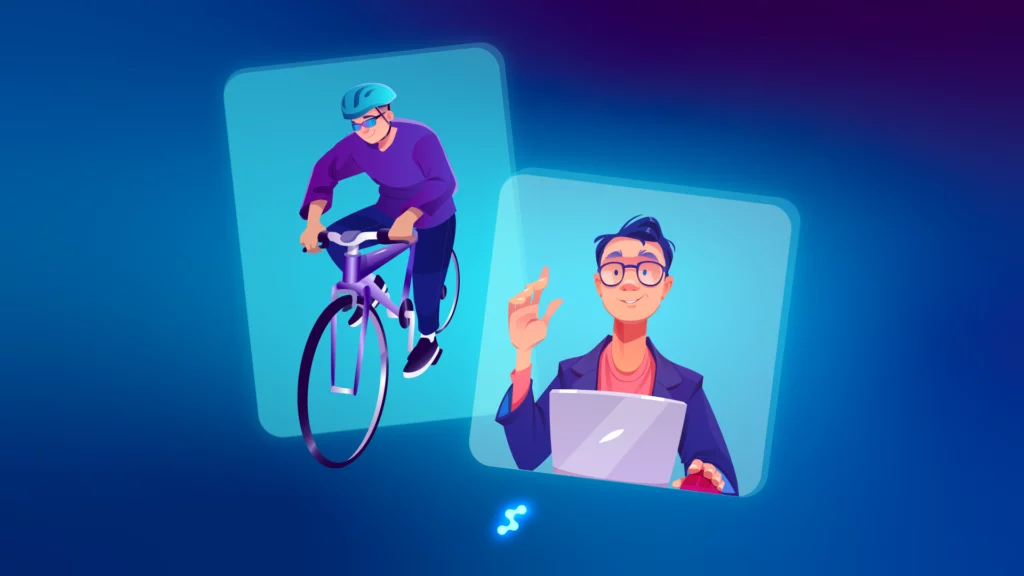
Conclusion: Transforming Your Practice Through Bundle Excellence
The eyewear industry is now about more than vision correction—it’s about delivering complete, personalized solutions that enhance your customers’ lives. Multiple pairs of glasses aren’t a luxury; they’re essential for meeting your clients’ functional, professional, and style needs.
Just as everyone needs different shoes for different occasions, your customers need eyewear tailored to work, sports, social events, and self-presentation—especially in an era shaped by social media and personal branding. This shift creates huge opportunities for practices ready to move beyond one-size-fits-all sales.
When you understand your customers’ lifestyles and offer tailored bundles, you boost both satisfaction and profitability. The most successful practices focus on building relationships, solving real problems, and delivering value—not just competing on price.
The real question isn’t if your clients need multiple pairs, but whether your practice is ready to identify those needs and deliver the right solutions. Use these strategies to become the go-to destination for comprehensive vision care your customers will value, recommend, and return to.
 English
English  Polski
Polski  Čeština
Čeština  Deutsch
Deutsch  Español
Español  Français
Français  Ελληνικά
Ελληνικά  Hrvatski
Hrvatski  Italiano
Italiano  Lietuviškai
Lietuviškai  Magyar
Magyar  Nederlands
Nederlands  Português
Português  Română
Română  Slovenčina
Slovenčina  Svenska
Svenska  Türkçe
Türkçe  Русский
Русский 



